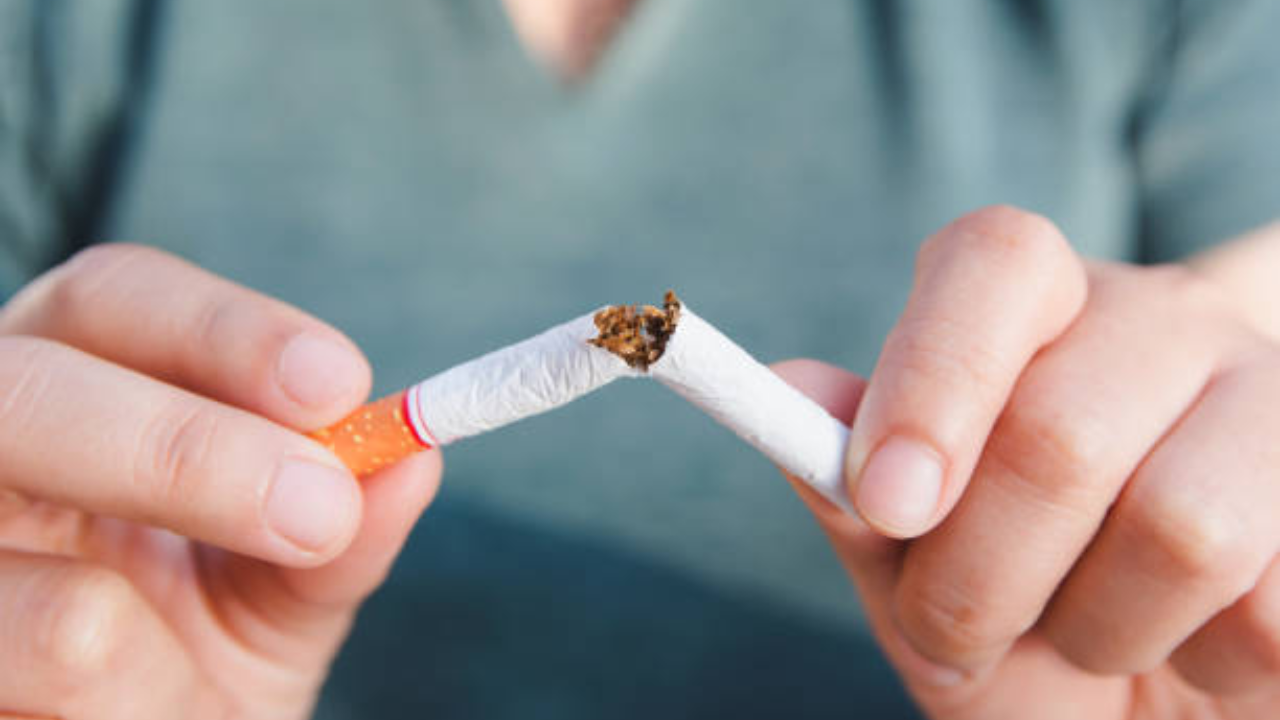“Over 60% of the world’s 1.25 billion tobacco users – more than 750 million people – wish to quit, yet 70% lack access to effective cessation services,” the WHO says.
“This guideline marks a crucial milestone in our global battle against these dangerous products,” said Dr Tedros Adhanom Ghebreyesus, WHO Director-General.”It empowers countries with the essential tools to effectively support individuals in quitting tobacco and alleviate the global burden of tobacco-related diseases.”
“The immense struggle that people face when trying to quit smoking cannot be overstated. We need to deeply appreciate the strength it takes and the suffering endured by individuals and their loved ones to overcome this addiction,” said Dr Rüdiger Krech, Director of Health Promotion at WHO. ”These guidelines are designed to help communities and governments provide the best possible support and assistance for those on this challenging journey.”
Treatment methods recommended by WHO
WHO recommends varenicline, Nicotine Replacement Therapy (NRT), bupropion, and cytisine as effective treatments for those who wish to quit tobacco.
“Varenicline is a pill that does not contain nicotine. You need a prescription for it. It works differently than other quit-smoking medicines and may be an especially good option for people who have tried using other medicines to quit before but haven’t been able to quit successfully,” the US CDC says.
Bupropion is an FDA approved, antidepressant medication that is now also used in smoking cessation. “It is a non-nicotine-based treatment and helps to alleviate
withdrawal and craving in tobacco cessation. It has both dopaminergic and adrenergic actions, and appears to be an antagonist at the nicotinic acetylcholine receptor. It has been licensed as a prescription aid to tobacco cessation in many countries,” the WHO explains.
What to do if someone gets an allergic reaction?
Cytisine has a molecular structure similar to that of nicotine and varenicline, and it has similar pharmacological effects. Cytisine is a partial agonist of nicotinic acetylcholine receptors. It decreases the urge to use tobacco and reduces the severity of nicotine withdrawal symptoms, while also reducing the reward experience of using tobacco.
Interventions like counselling including individual, group, or phone counselling, digital interventions such as text messaging, smartphone apps, and internet programmes have also been recommended by the UN health agency.


